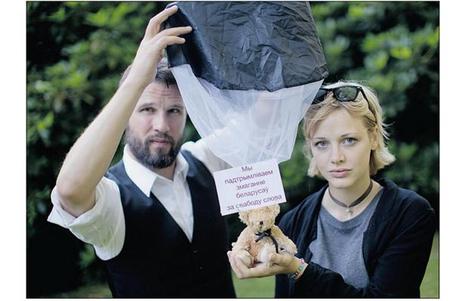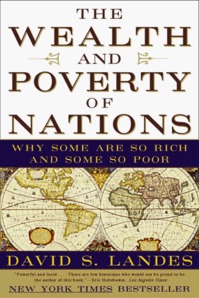Kahneman’s frequently-used acronym “WYSIATI,” used in the passage quoted below, means “What You See Is All There Is.”
(p. 247) On that long-ago Friday, our curriculum expert made two judgments about the same problem and arrived at very different answers. The inside view is the one that all of us, including Seymour, spontaneously adopted to assess the future of our project. We focused on our specific circumstances and searched for evidence in our own experiences. We had a sketchy plan: we knew how many chapters we were going to write, and we had an idea of how long it had taken us to write the two that we had already done. The more cautious among us probably added a few months to their estimate as a margin of error.
Extrapolating was a mistake. We were forecasting based on the informa-(p. 248)tion in front of us–WYSIATI–but the chapters we wrote first were probably easier than others, and our commitment to the project was probably then at its peak. But the main problem was that we failed to allow for what Donald Rumsfeld famously called the “unknown unknowns:’ There was no way for us to foresee, that day, the succession of events that would cause the project to drag out for so long. The divorces, the illnesses, the crises of coordination with bureaucracies that delayed the work could not be anticipated. Such events not only cause the writing of chapters to slow down, they also produce long periods during which little or no progress is made at all. The same must have been true, of course, for the other teams that Seymour knew about. The members of those teams were also unable to imagine the events that would cause them to spend seven years to finish, or ultimately fail to finish, a project that they evidently had thought was very feasible. Like us, they did not know the odds they were facing. There are many ways for any plan to fail, and although most of them are too improbable to be anticipated, the likelihood that something will go wrong in a big project is high.
Source:
Kahneman, Daniel. Thinking, Fast and Slow. New York: Farrar, Straus and Giroux, 2011.





